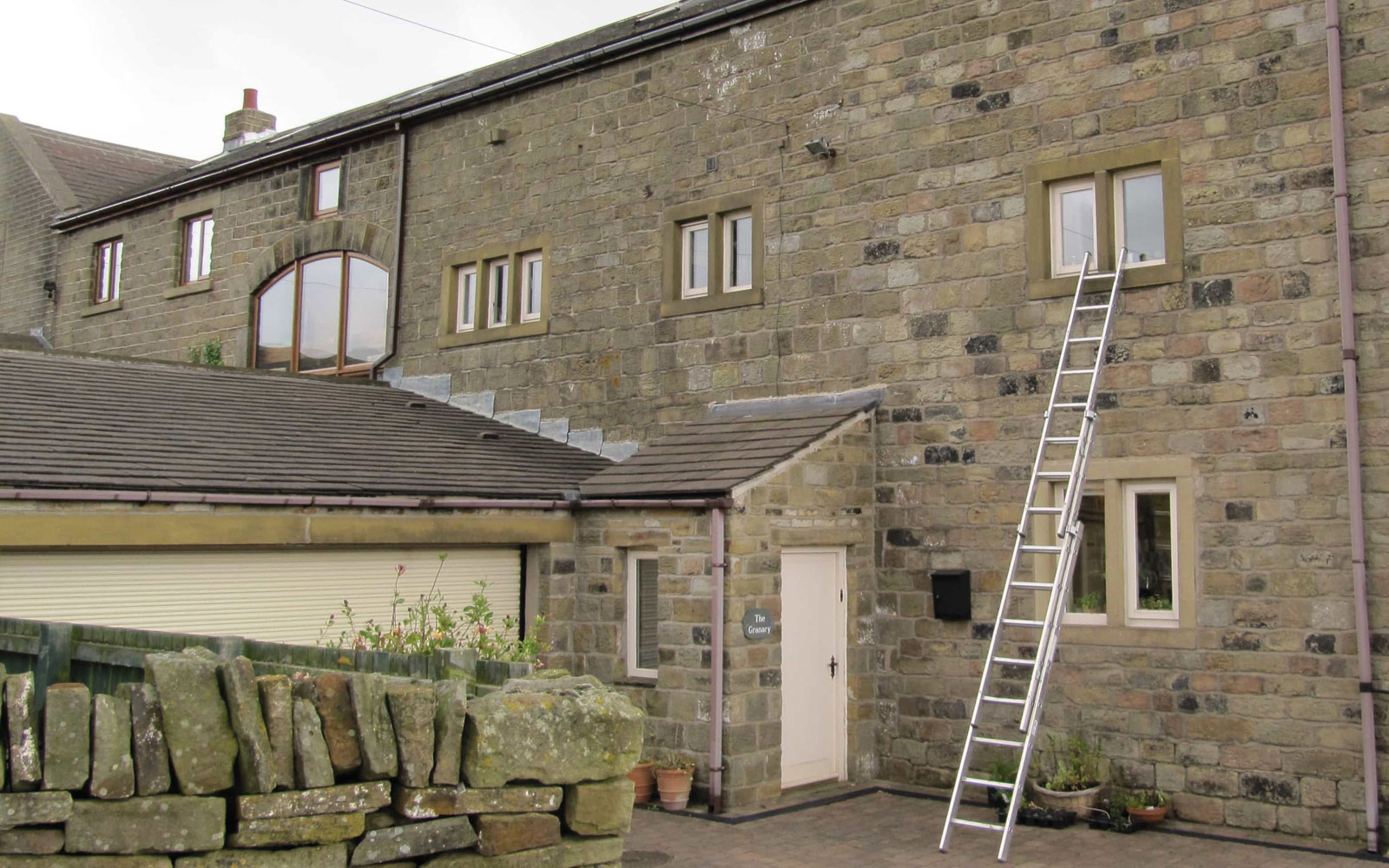Code for Sustainable Homes & Passivhaus

CSH & Passivhaus
NB This article was published in 2009 when Code for Sustainable Homes was still being used as a building standard in the UK.
There is a growing call in the UK for Passivhaus standards to be integrated into targets for Low and ‘Zero Carbon’ buildings through the Energy elements of Code for Sustainable Homes and upcoming revisions of the Building Regulations. This will, at the very least, mean significant changes to the Code and upgrading the Standard Assessment Procedure (SAP) to make it as accurate for low energy buildings as the Passivhaus Planning Package (PHPP).
21° is committed to introducing Passivhaus design into the UK both through our range of Passivhaus products and through the construction of the Denby Dale Passivhaus – an exemplar of Passivhaus construction using British building techniques. We believe that the Code for Sustainable Homes in its current form (and in particular SAP 2005) is proving an obstacle to the introduction of Passivhaus buildings in the UK, as it is not sophisticated enough to accurately predict the actual energy use of Passivhaus and low energy homes.
We applaud the general approach of CSH in directing the construction industry to address sustainability issues in construction. However, we believe that it urgently needs to be revised to accommodate Passivhaus approaches and methodology. There is also a pressing need for an assessment methodology which can accurately model the energy use of low energy buildings. At present Passivhaus Planning Package (PHPP) is the best methodology available, and we will promote and campaign for its widespread adoption. In the interim, however, we also hope that SAP 2009 will be a more accurate tool and may more accurately assess the energy use of truly low energy Passivhaus buildings.
Passivhaus project reveals flaws in Code – analysis of Denby Dale Passivhaus reveals failings of SAP 2005 energy methodology – 18/09/09
There are many good reasons why German low-energy building standard Passivhaus is taking root in the UK. Its principles are simple – the best way to go low carbon is to build a well-insulated, airtight envelope that is nice to live in. It also comes with a copper-bottomed pedigree, with thousands of completed buildings over its 17-year history. This doesn’t mean the Code for Sustainable Homes is dying on its feet – rather, the government is in an ideal position to integrate Passivhaus principles into our own regulations. It already acknowledges our own standards should be “broadly equivalent” to Passivhaus by 2016 in its consultation on the definition of zero carbon. It should now put its money where its mouth is by bringing our energy regulations and Passivhaus standards closer together. It has an ideal opportunity to do this as the energy regulations are under revision. It’s just possible that the tortuous journey to zero carbon is about to get a bit simpler.
Denise Chevin, Editor, BUILDING magazine
1. Denby Dale SAP calculation (Actual): Gas space & water heating
The percentage improvement of the DER over the TER is 41.29% which is equivalent to Level 3 of the Code and gains 7 credits. Level 4 of the Code requires a 44% improvement.
2. Comparison of energy performance of recent low energy projects
* It was not possible to undertake a full CSH assessment of the Denby Dale Passivhaus, due to budgetary constraints, however, the mandatory energy results illustrate that it could have received no more than a Level 3 overall rating, using current SAP 2005 methodology.
o Lighthouse data was sourced from: Lighthouse brochure, available at: www.kingspanlighthouse.com. Space heating value provided was calculated using an adapted version of SAP. Accessed November 2008.
o Old Apple Store and Norbury Court data was sourced from: The Code for Sustainable Homes: Case Studies. Available at: www.communities.gov.uk/publications/planningandbuilding/codecasestudies. Accessed March 2009.
o Denby Dale design figures calculated using Passivhaus Planning Package (PHPP) software 2010 as part of Passivhaus certification process.
3. SAP 2009 is currently out for consultation and will replace SAP 2005 in 2010. There are some changes to the methodology due to take place, including a possible revision in the assumed CO2 emissions per kWh of fuel used. It is possible that these changes would affect the Energy rating for the Denby Dale house.
4. ‘Projecting energy use and CO2 emissions from low energy buildings: A comparison of PHPP with SAP’, AECB CarbonLite Programme, www.aecb.net/PDFs/Combined_PHPP_SAP_FINAL.pdf
5. ‘Passivhaus in the context of the Code for Sustainable Homes’ (dissertation submitted in partial fulfilment of the requirements of MSc Sustainable architecture, University of Huddersfield) by J.M Parker, CSH Assessor and Director 1st Base Projects (www.1stbaseprojects.co.uk)








